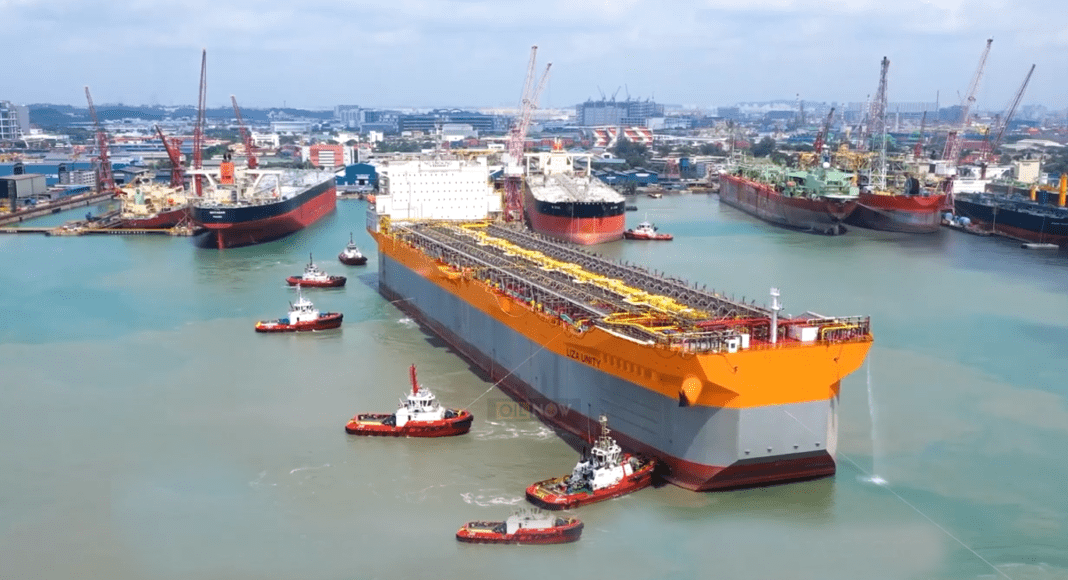From discovery in 2015 to production in 2019, the Liza Phase 1 development offshore Guyana is considered to be one of the fastest deepwater project ramp-ups in the industry’s history. London–based IHS Markit said in a report this month that projects like these which are able to move to development in the shortest possible time-frame will ultimately be most attractive to E&P companies operating in an environment of unprecedented challenges in global crude supply.
Consider the concerns about demand destruction or “peak oil” in a political environment determined to promote renewable or green technologies. Current concerns over global warming and the resulting shift to renewables have led to some scenarios that show a peak in oil demand as early as the 2020’s; other scenarios show oil demand peaking beyond 2030.
“Given this uncertainty, the industry appears to fear over-investment rather than under-investment. We see this in diminished conventional drilling; slowdowns in unconventional drilling; seismic acquisition; new acreage acquisition; and declining investment in improved oil recovery/enhanced oil recovery projects,” IHS Markit said.
Given these factors, IHS Markit predicts that the most competitive barrels in the future will be those that offer the lowest cost, lowest emission, and shortest cycle time (that is, faster time from decision to cash flow), and flexibility of capital commitment.
“Arguably the best short-cycle conventional resources are in the Gulf countries as well as Western Russia. Others include selected shallow water areas globally; subsea tiebacks in maturing phase deepwater basins (where infrastructure rules); and best-in-class new deepwater plays, whether in the Guyana Basin or certain deepwater basins in Brazil,” IHS Markit said.
Other resource classes include much lower but more profitable growth in onshore North America and big, albeit long-term natural gas plays. However, IHS Markit said these opportunities and the required performance are not available to all or even many companies.
Faster project ramp-ups mean investors can see returns earlier and host countries, such as Guyana, can begin generating oil revenue much sooner. In an environment of heightened global uncertainties, this allows for faster implementation of national development projects.
ExxonMobil began producing oil at the Liza Phase 1 Development in December. Phase 2 has already been approved with start-up expected by mid-2022 and a third development at Payara is awaiting project approvals.
Industry analyst Wood Mackenzie estimates that Guyana production will hit 800,000 bpd by 2026, making the country the 5th largest deepwater producer globally, with potential to exceed 1 million barrels per day at peak.
Chairman and Chief Analyst, Simon Flowers says outside of OPEC, countries with production on this scale can be counted on two hands: Canada, USA and Mexico; UK and Norway; China, Brazil and Oman; Russia and most recently Kazakhstan – the only new member in the 21st century.
“Guyana, with no upstream oil industry four years ago, has a very good chance of joining this elite group,” Flowers points out.




